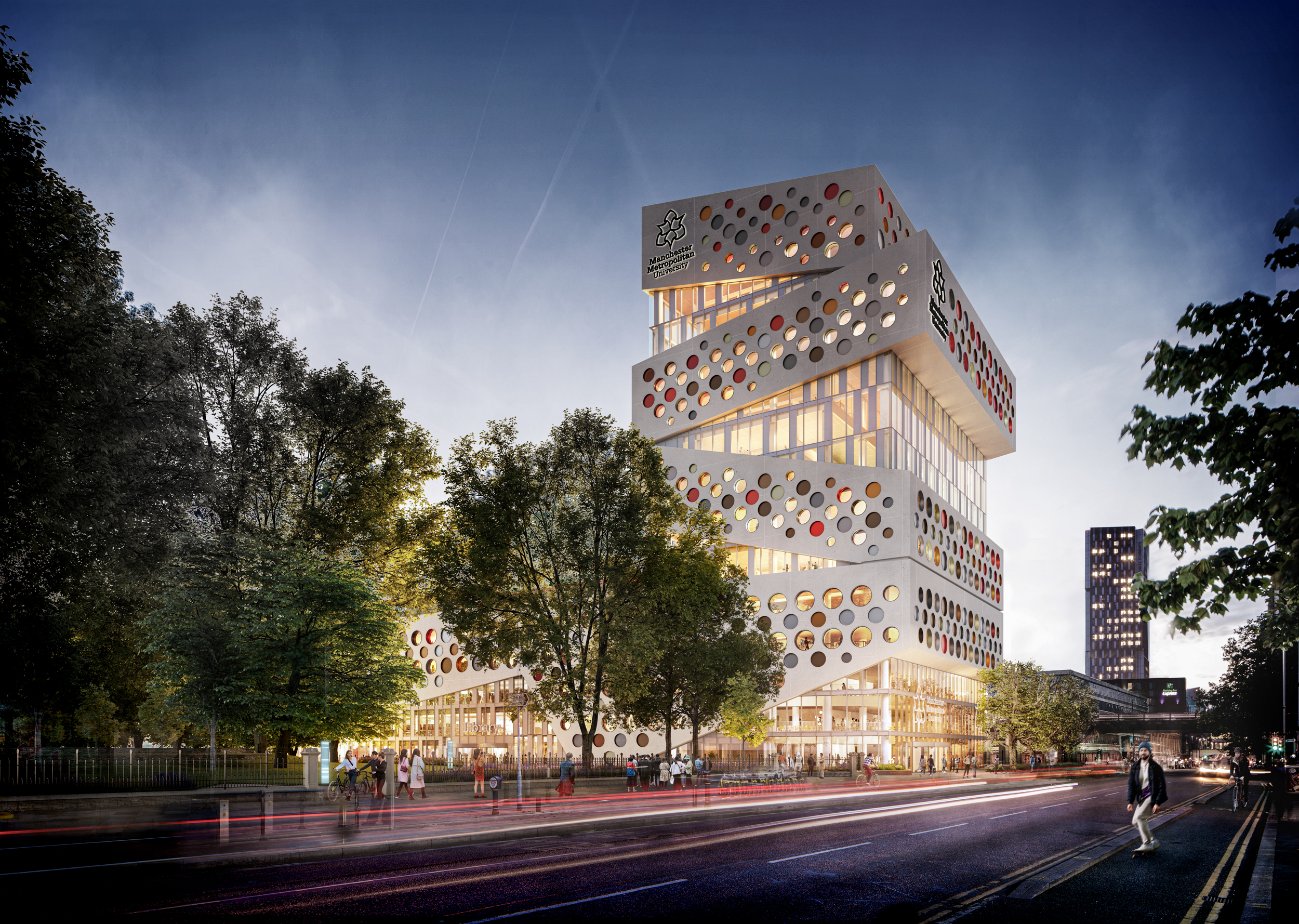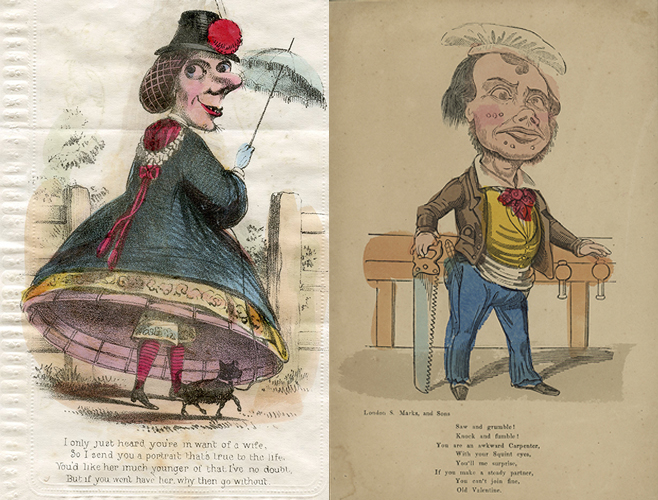News | Wednesday, 20th November 2019
Most evolutionary diverse parts of Amazon rainforest are the most productive, ecologists discover
International team including Dr Martin Sullivan studied tropical forests

Amazon forests with the greatest evolutionary diversity are the most productive, an international team of researchers has revealed for the first time.
The study demonstrated that the forests with the widest variety of trees were a third more productive compared to areas with the least evolutionary diversity.
Productivity is the rate at which forests grow. As they do this, they take carbon out of the atmosphere and store it in their wood.
The ecologists and geographers said the findings, published in Nature Ecology and Evolution journal, suggests that evolutionary diversity should be an important consideration when identifying priority areas for conservation.
Diverse forests are more productive
Study co-author Dr Martin Sullivan, Lecturer in Statistical Ecology at Manchester Metropolitan University, said: “Species that are less closely related tend to be more different, and it is these differences that are important for ecosystem function.
“Differences in how tree species get resources from the environment reduces the amount they compete with each other, allowing the forest as a whole to be more productive.

“For example, variation in the structure of tree crowns between species allows them to fit together and utilise canopy space more efficiently.
“So diverse forests, with greater variation in tree crown structure, can intercept more light and grow faster.”
Species that are less closely related tend to be more different, and it is these differences that are important for ecosystem function
Diverse forests also more dynamic
Although evolutionary diverse forests were more productive, the study also found that there was no relationship between evolutionary diversity and the amount of carbon forests store.
Dr Sullivan said: “It appears that diverse forests are also more dynamic. They grow faster, but that doesn’t translate into trees becoming larger, and therefore storing more carbon, as they don’t live for as long.”
The team used long-term records from 90 plots located in the Amazon rainforest in Brazil, Bolivia, Colombia, Ecuador, French Guiana, Guyana and Peru, drawn from the Amazon Forest Inventory Network and ForestPlots.net tropical forest tree measurement database, to track the lives and productivity of individual trees across the region.
By combining these records with DNA sequence data – which identified the evolutionary relationships among all the species – the researchers were able to investigate the links between how fast different forests grow and their diversity.

How biodiversity affects productivity
Study lead author Dr Fernanda Coelho, a tropical ecologist who led the study while a PhD student at the University of Leeds, said: “Understanding how biodiversity affects productivity in tropical forests is important because it allows us to understand how conservation strategies can best be designed to maximise protection of species and the services that these ecosystems provide.
“Our results indicate that we should include evolutionary history in conservation priorities – because ecosystem function may be higher in areas where species come from right across the tree of life.”
The global research team comprised academics from institutions based in England, Scotland, France, The Netherlands, Sweden, Austria, Brazil, Colombia, Ecuador, Bolivia, Venezuela, Peru, Guyana, the United States and Australia.




